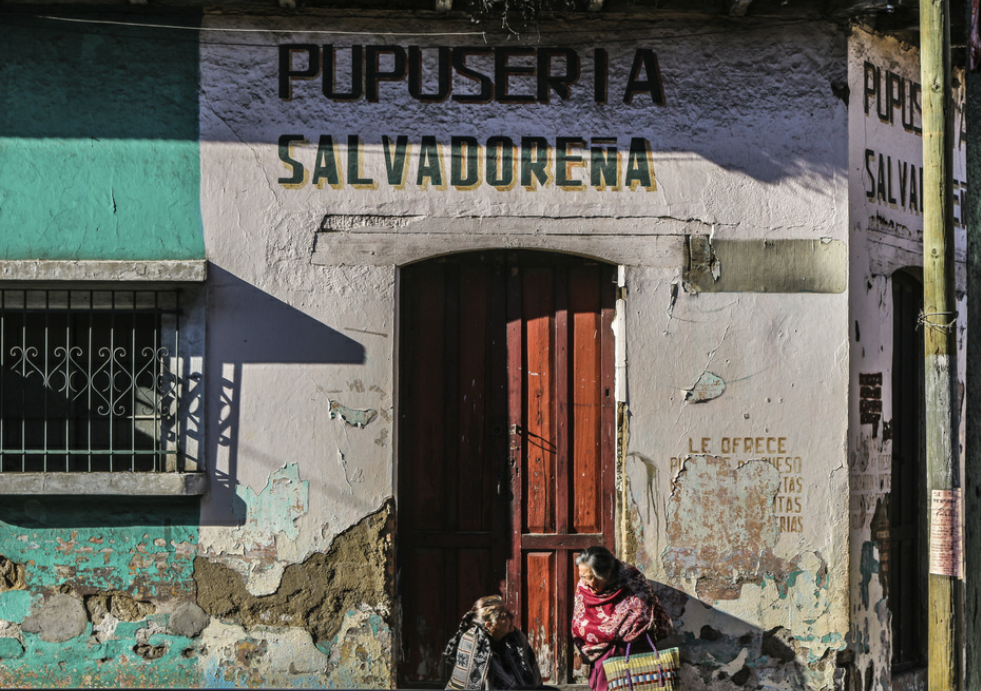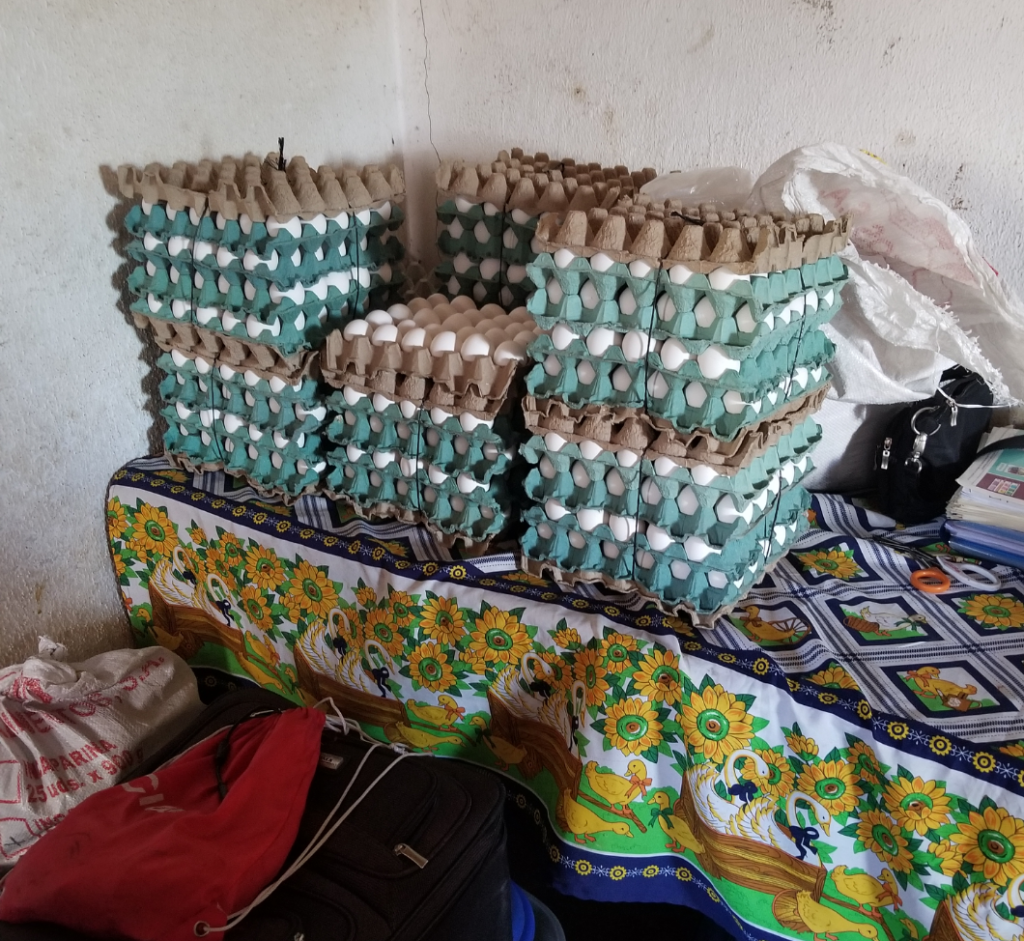Guatemala: Incaparina is not a Brazilian cocktail, and other lessons in cultural competency
February 12, 2018 |
The locals are the first to remind you that security is the number one problem in Guatemala City. Ten cuidad. According to Alexander, my Spanish teacher, the reputation is well earned. Its danger arrives in many forms – from the narcos, to the professional criminals, to the gangs. And it’s big guys like me who are in the most danger, he says. You feel safe, so you let your guard down.
But by outward appearances, Guate could be Santo Domingo, Lima, or Pétionville. At times, it could be Chicago. Which is to say that in parts, one could live a life indistinguishable from one in the global North.

I’m not in the capital for long. And it is outside of el capital that you encounter the beauty and landscapes that travelers arrive to witness. Guatemala is the fourth most commonly visited Latin American country for medical volunteers, and accounts for 75 organizations in our database.
Likewise, the indigenous culture is one of the richest in the Americas. Over 86% of the population have indigenous heritage. They belong to one of 22 cultures, each with its own language, culture, and traditional dress. Here in Xela, the Kiche language is dominant, but it’s easy to find communities that speak Kaqchikel, or Mam.
But like indigenous people in Peru, like Haitians in the Dominican Republic, like rural Haitians within Haiti, they often find themselves on the fringes of medical and political institutions.

Guatemala and the tower of Babel
I am seated with a medical student as we conduct a patient assessment. Doña María stands sentry. Occasionally, our patient hesitates before attempting to answer our questions. Doña María interprets our broken Spanish into Mam, and all becomes clear.
Later, I ask a patient if she has eaten this morning, and she tells me that she had una caipairinha. At first, I find it strange that she’s been drinking so early in the morning. Then Doña Maria explains that what the patient is referring to is an incaparina, a nutritious mix of cooked soy, corn, and egg that is common in the community.
I have always considered learning Spanish to be essential to working effectively in Latin America. I still do. But many locals and volunteers who I’ve spoken to and surveyed feel differently. They suggest that fluency in the local language is an impossible, elitist standard. It shuts doors. It limits those who can participate in a medical initiative, without any corresponding gains in cultural learning. How many Guatemalan medical professionals can speak Mam, let alone international volunteers?
On the other hand, understanding the culture of Guatemala is essential. Those same locals want visitors to know about the history of Guatemala, it’s relationship with the United States, and their pride in their indigenous culture. They are also eager to talk about the country’s problems with endemic corruption, security problems, and class struggles. The school that I attend teaches medical Spanish – but before being cleared to work in the adjacent clinic, enforces a mandatory week of cultural learning. It’s not (strictly speaking) predeparture training. But if nothing else, it ensures that a measure of humility is in order when the students eventually begin to see patients.

Okay, we brought the crates of eggs – now what?
The mobile nutrition program arrives every three weeks in the mountain community of Victoria. There, the doctors, nurses, and volunteers measure and weigh patients, deliver a series of public health talks, and prescribe supplements. It’s why we find our van loaded with hundreds of precariously balanced eggs one morning when we pull out of the clinic.
Prescribing is complicated. Dr. Carmen explains that the parents of moderately growth-stunted and malnourished children receive Nutributter, Formula 1 de mantenimiento (a mixture of soy and corn), which they cook with egg before consuming, as well as PlumpiNut (a peanut based supplement), in addition to appropriately dosed zinc and iron supplements. If you had assumed that was part of the average emergency physician’s repertoire, you’d be wrong.
The lesson here? That cultural competency is a moving target. Predeparture training is not enough. It is useful to root learners in a political and social context. But critical details rely on insights from local leaders, support staff, and the guiding hand of local health professionals. Most importantly, it relies on constant humility, a sense of humour, and a recognition that the number of things you might know are vastly exceeded by the number of things you don’t.
Next: Last stop, Honduras
Register
Sign up for free to flag trips of interest and email organizations directly through our directory.
Comments
0 comments